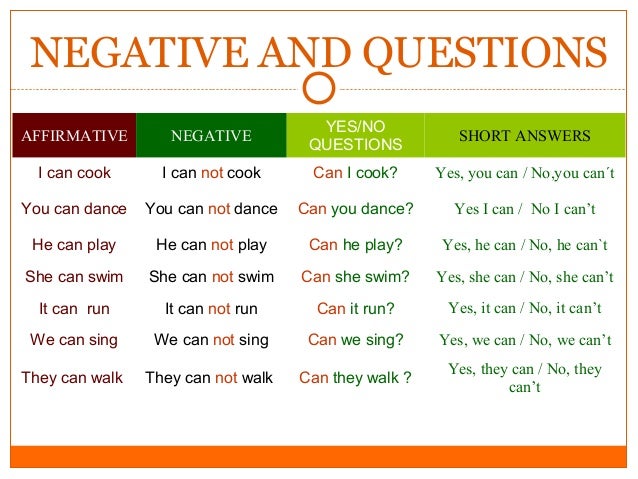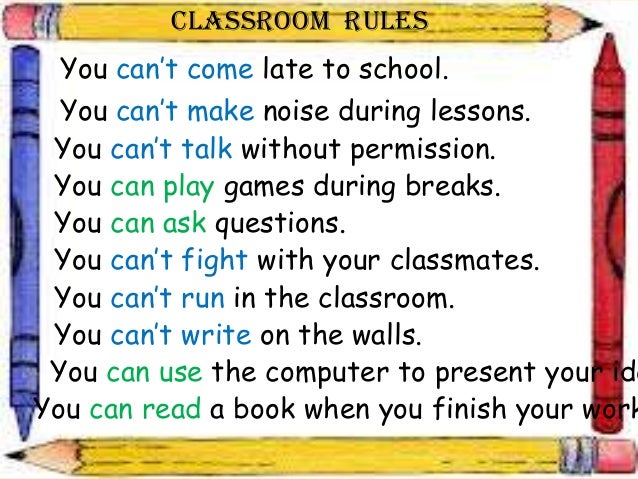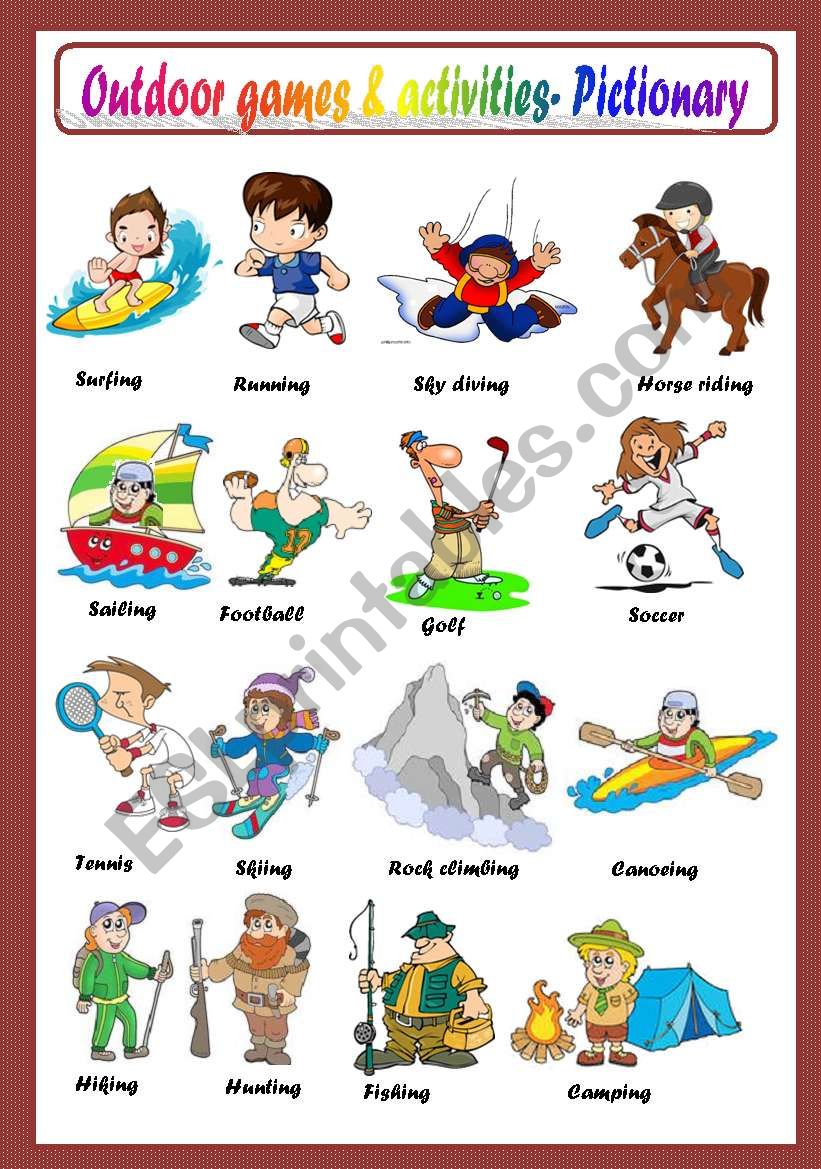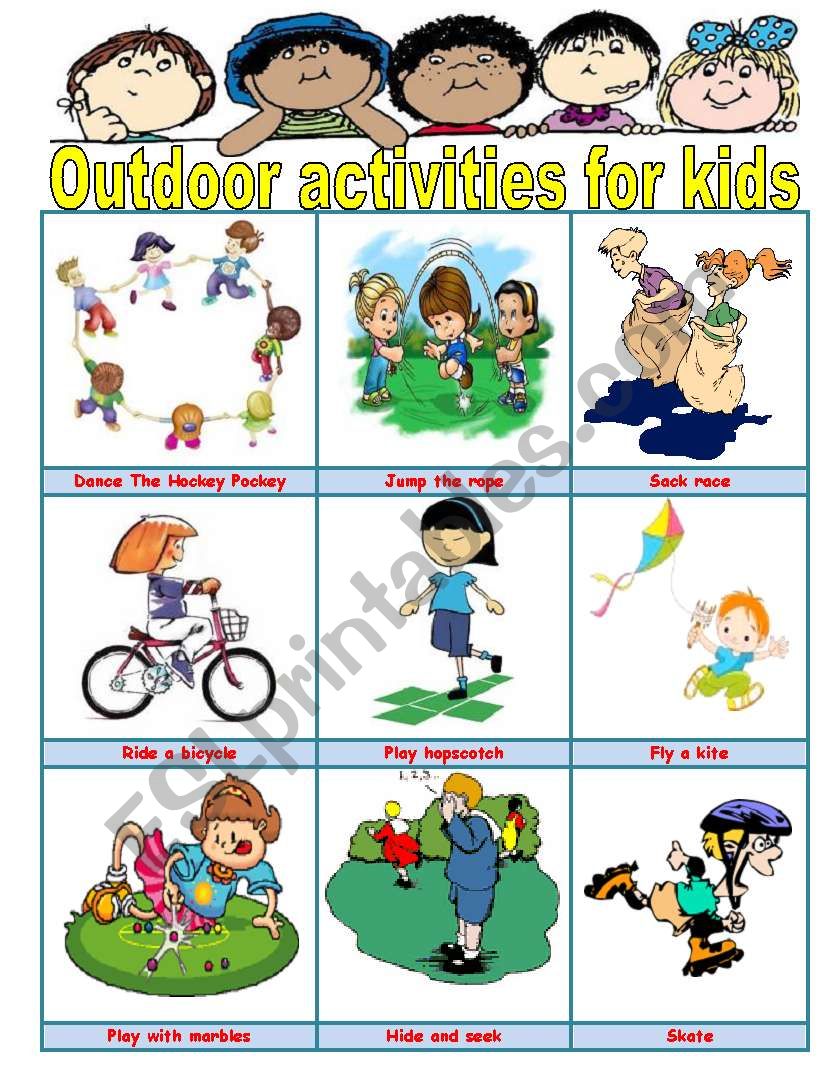Estimados Papitos y Mamitas , reciban un cordial saludo esperando que estén disfrutando de este tiempo en familia.
Como Colegio La Paz deseamos continuar con el seguimiento y acompañamiento a la formación educativa de sus niños y niñas , es por esta razón que nos motiva a buscar diferentes estrategias para dar el seguimiento adecuado y promover la educación continua.
Como parte del apoyo educativo desarrollaremos los temas de refuerzo para nuestro libro de texto: Little Dolphing 1 , proporcionando actividades interactivas y practicas mediante las cuales desarrollaremos los temas de nuestro libro de forma practica para fomentar un aprendizaje activo y participativo.
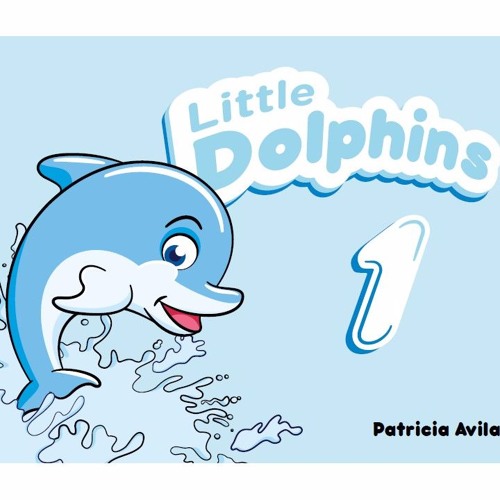
Temas a desarrollar:
My first numbers
My colors
My first shapes
Colors and shapes
My first numbers
Directions: Play the video and practice the vocabulary, identify the numbers.
Directions: Play the video and practice the vocabulary, identify the numbers.
Instrucciones: Proyecte el video y practique el vocabulario. Identifica los numeros.
Time to practice!!:
In a piece of paper cut and paste numbers from 1-5 .Then past or draw figures, fruits or animals to represent the amout per each number. Try to practice aloud.
Tiempo de practicar: En una pagina de papel bond corta y pega numeros del 1- 5 (pueden ser de revistas, el periodico o puedes dibujarlos tu mismo) luego pega o dibuja figuras, frutas o animales que representen ese numero (como la imagen de ejemplo) Trata de practicar la pronunciacion en voz alta.
Time to practice!!:
In a piece of paper cut and paste numbers from 1-5 .Then past or draw figures, fruits or animals to represent the amout per each number. Try to practice aloud.
Tiempo de practicar: En una pagina de papel bond corta y pega numeros del 1- 5 (pueden ser de revistas, el periodico o puedes dibujarlos tu mismo) luego pega o dibuja figuras, frutas o animales que representen ese numero (como la imagen de ejemplo) Trata de practicar la pronunciacion en voz alta.
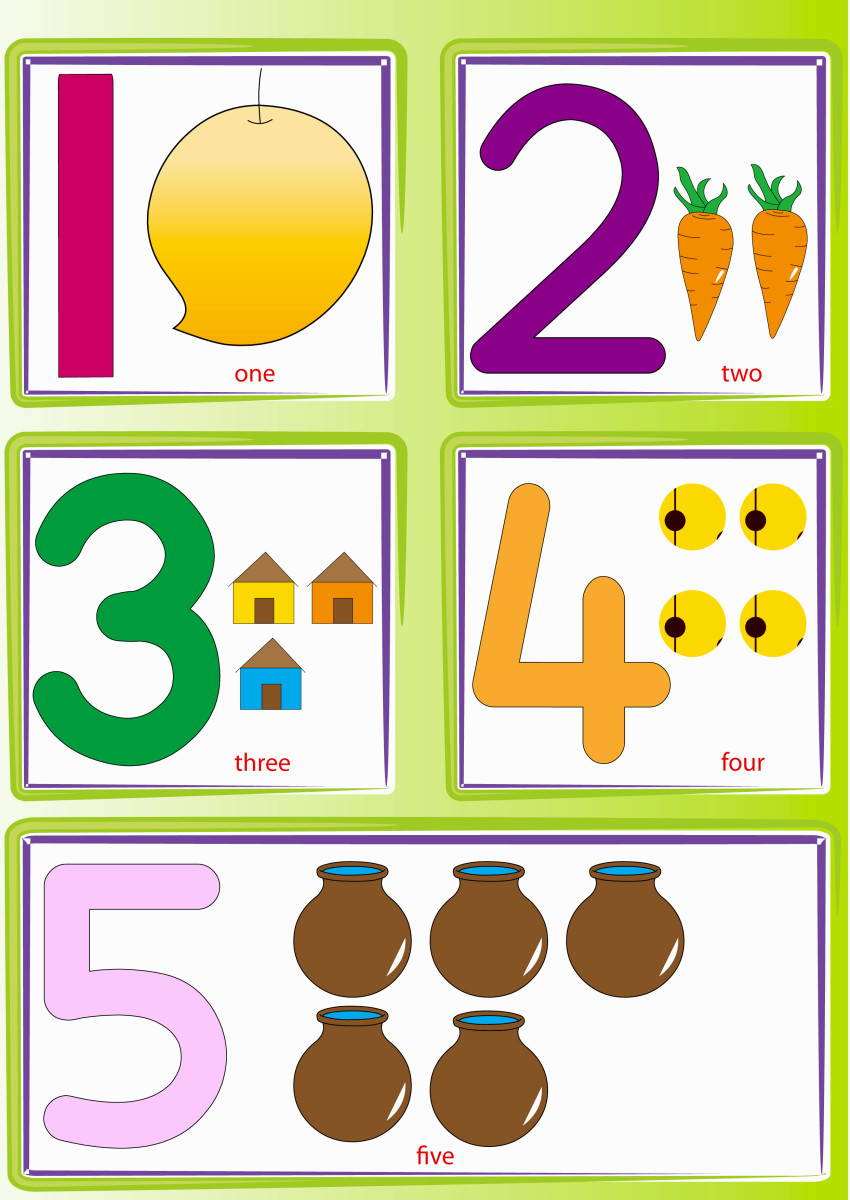
My colors:
Directions: Practice and identify the colors. Look around you try to identify as many colors as you can.
Instrucciones: Practica e identifica los colores. Busca alrededor tuyo y trata de identificar el mayor numero de colores que puedas.
Time to practice!
With Daddy or Mommy's help draw a rainbow then past seeds of different colors or pieces of papers to identify each color. Check pronunciation and repeat each color name.
Tiempo de practicar! Con ayuda de Papi o Mami dibuja un arcoiris en una hoja de papel, luego pega semillas de diferentes colores o pedacitos de papel de cada color para identificarlo. Pon mucha atención a la pronunciación y repite el nombre en ingles de cada color.

My first shapes:
Directions: Ask to your parents to draw basic shapes in a piece of paper (triangle, square, circle, diamond , oval) then paste paper balls inside of shape. Watch the video and practice aloud.
Instrucciones: Pidele a tus padres que dibujen contigo las formas basicas en una pieza de papel ( triangulo, cuadrado, circulo , rombo, ovalo) Luego pega bolitas de papel dentro de cada forma. Mira el video y practica la pronuciacion de cada forma en voz alta.
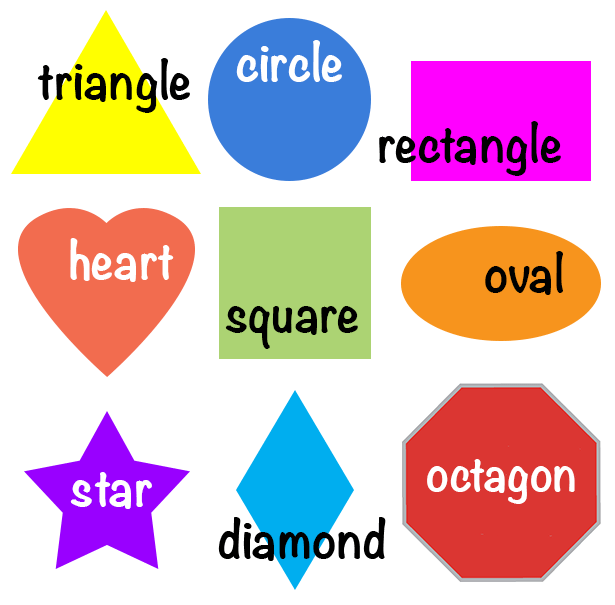
Colors and shapes
Directions: Use sticks or rolled paper to make 5 shapes ( triangle , square, diamond, circle, and oval), then use the following colors to cover each shape: red, blue, yellow , green, orange. Try to identify shapes and colors by their right name.
Instrucciones: Usando palitos o papel enrollado forma 5 figuras: un triangulo, un cuadrado, un rombo, un circulo y un ovalo. Luego usa los siguientes colores para pintar cada forma: Rojo, azul, amarillo, verde y anaranjado. Trata de identificar las formas y colores por su nombre correcto en ingles.











